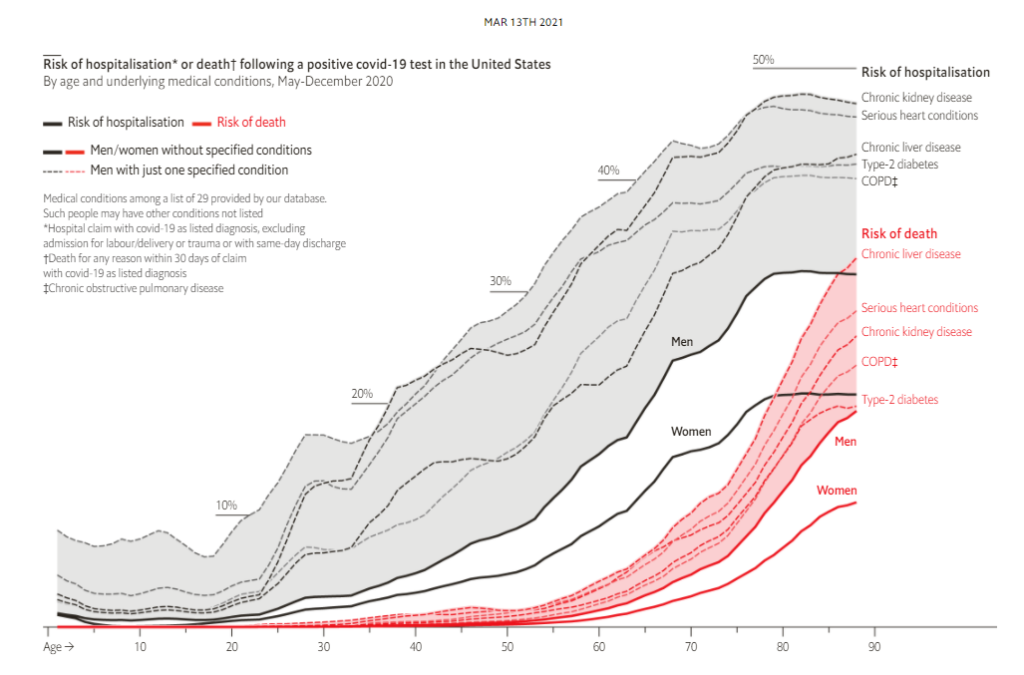Link: https://nypost.com/2021/03/08/schumer-federal-pandemic-relief-eliminates-nys-deficit/
Excerpt:
The $1.9 trillion COVID-19 relief package passed by the US Senate wipes out New York State’s projected budget deficit — possibly negating the need for hefty tax hikes or spending cuts, Senate Majority Leader Chuck Schumer’s office said Monday.
“Ok. Thanks to @SenSchumer NYS budget deficit for this year is…..Zero, nada, niete, zilch (NY terms),” Schumer spokesman Angelo Roefaro tweeted.
The American Rescue Plan provides state government coffers with $12.6 billion in unrestricted aid, a measure championed by Schumer, the New York senior senator. The measure passed the Senate in a 50-49 vote and is expected to clear the Democratic-led House of Representatives on Tuesday and delivered to President Biden for approval.
Author(s): Carl Campanile, Bernadette Hogan
Publication Date: 8 March 2021
Publication Site: NY Post

